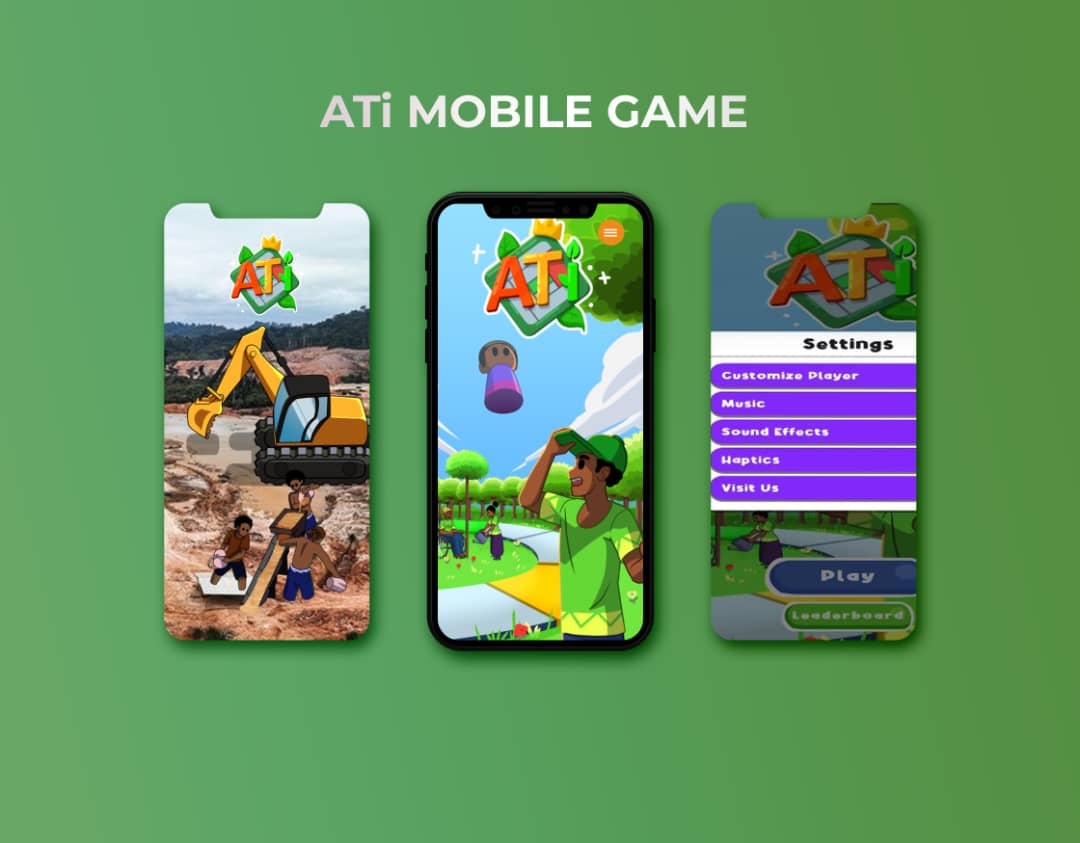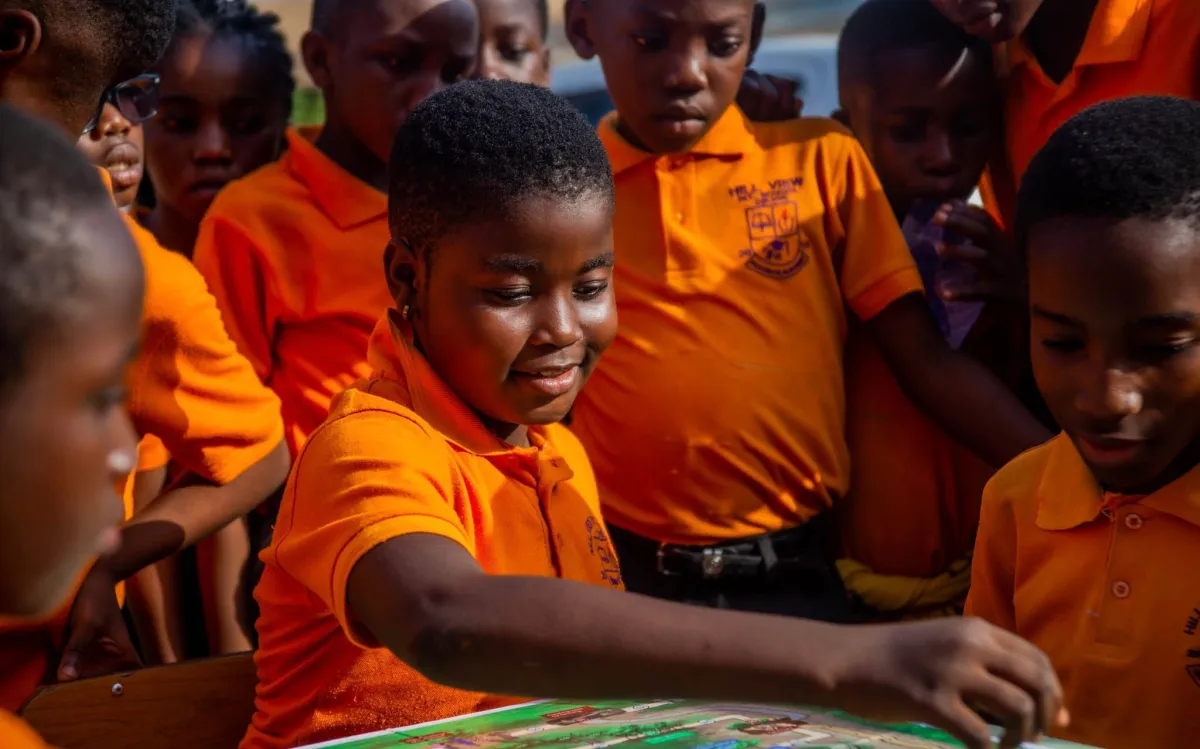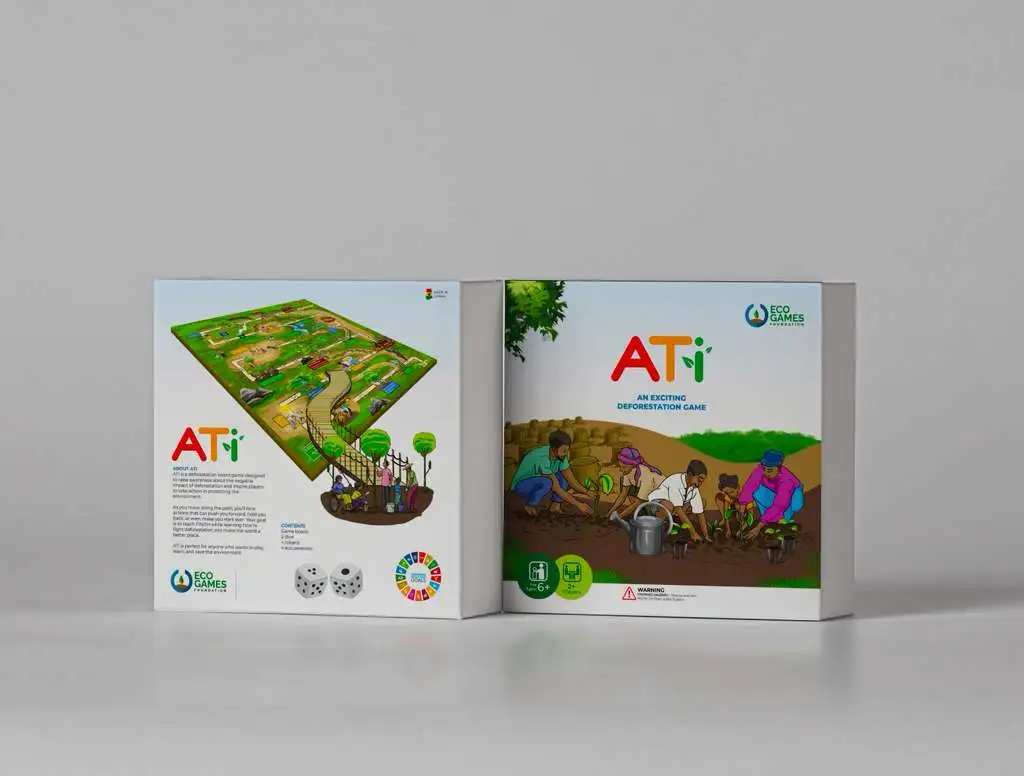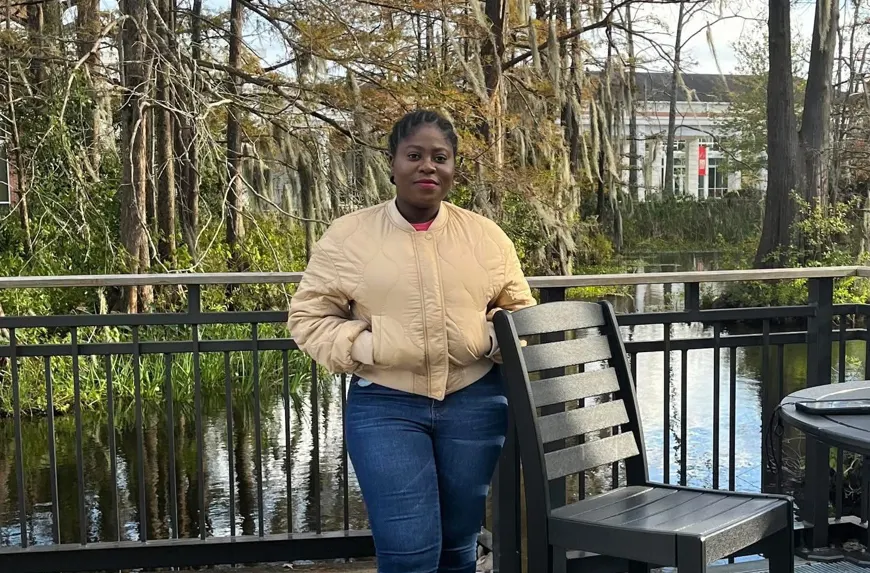
At a time when deforestation, galamsey, and other environmental vices have made conservation actions imperative, a breakthrough has emerged in educating young people. A young Ghanaian innovator has developed the country’s first sustainability games.
Ghana’s forests and vegetative covers are fast disappearing. Ecosystems are under threat. Rivers and streams are under siege thanks to the activities of illegal miners, uncontrolled logging, and bad farming practices.
The impact of the situation, environmentalists and scientists say, is existential. Apart from the economic impact, rivers are being poisoned, threatening the country’s water safety, in addition to the threat of food insecurity.
To help fight this canker through education, Amanda Kporwofa, a PhD student in Communication at the University of Cincinnati, has developed Ghana’s first-ever sustainability board and mobile games.

Named ATi, it is designed to raise awareness about the dangers of galamsey, deforestation, and unsustainable farming practices. Unlike traditional awareness and education campaigns that rely on posters and lectures, ATi games speak the language of today’s generation, adding fun play and technology, while anchoring itself firmly in Ghanaian culture.
Games with a Ghanaian Touch
What makes ATi unique is not just its educational mission, but the way it feels authentically Ghanaian. The board game uses local names like Atta, Asibi, Aidoo, Nana, and Dzifa as characters, while its in-game currency is modeled after the pesewa.
Forests, rivers, and communities familiar to Ghanaians form the backdrop of the gameplay
“We used local Ghanaian names like Atta, Asibi, Aidoo, Nana, and Dzifa in both games so that our target audience can see themselves and their lived experiences reflected in the gameplay. This approach makes the game more personal and culturally relevant, showing respect for people’s traditions while directly connecting to the environmental challenges their communities face,” Amanda said as he introduced to games.

How It Works
The concept is simple but very powerful. Players navigate through spaces that represent environmental choices. For instance, red spaces represent illegal mining, charcoal burning, and unsustainable cocoa farming, setting players back.
Green spaces, representing tree planting, afforestation, and clean cooking, help them advance.
She says this direct link between actions and consequences mirrors real life, driving home the point that environmental destruction has costs, while sustainable choices create progress.
The mobile version goes further, featuring artificial intelligence that allows players to compete with AI opponents and even a global leaderboard, connecting users worldwide in a collective battle for a greener future.

Making Environmental Education Fun and Accessible
For decades, campaigns against galamsey and deforestation have struggled to make a lasting impact. Posters fade, slogans lose their punch, and community meetings often reach only a few.
But Amanda believes games, especially ones available on smartphones, have the power to sit in classrooms, homes, and even on buses, making sustainability education part of everyday life.
Already, the board version is being introduced in schools and communities across Ghana, while the mobile app is set to hit the Play Store by year-end. With both versions in play, ATi bridges rural and urban audiences, children and adults, classrooms and living rooms.
Source: The High Street Journal







